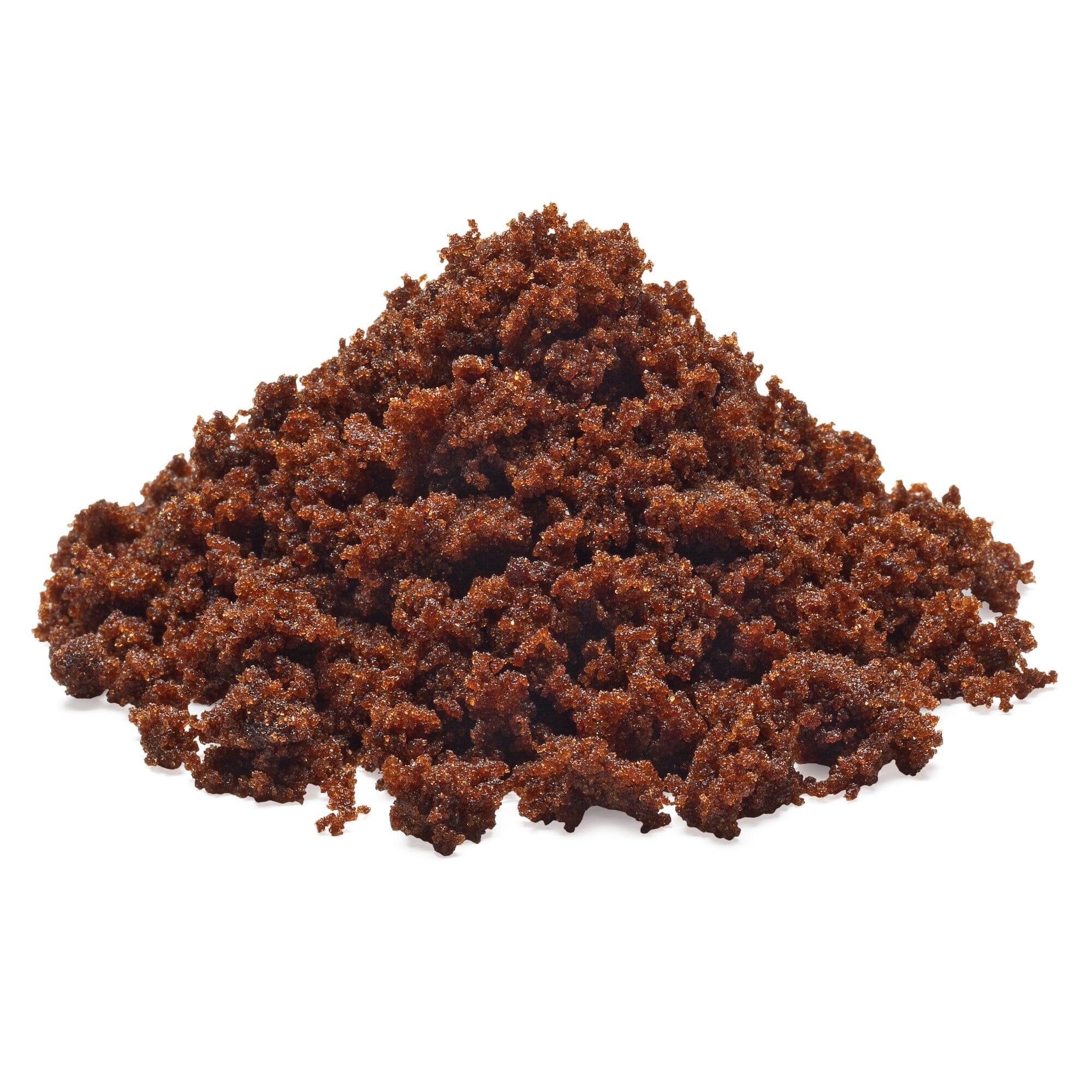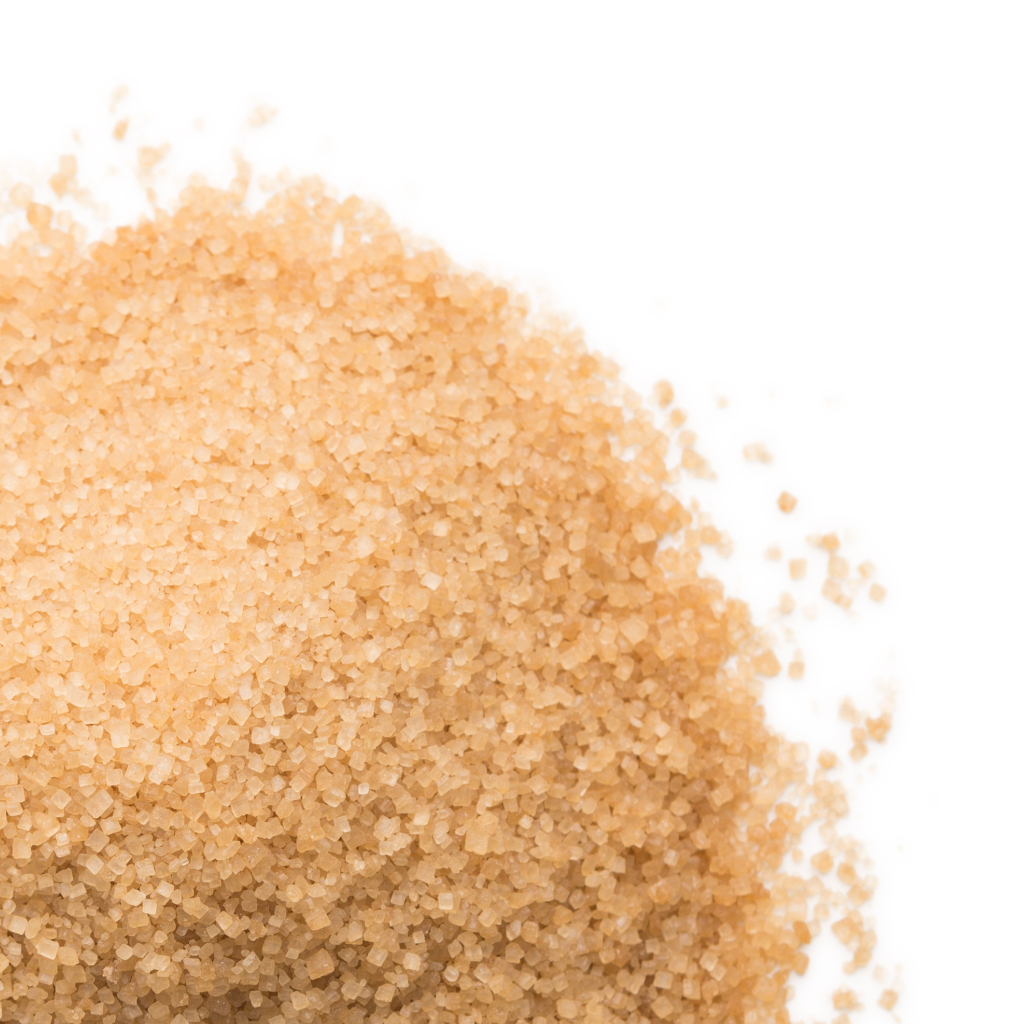Comprehending Cane Sugar Processing: A Comprehensive Introduction of the Stages
Comprehending Cane Sugar Processing: A Comprehensive Introduction of the Stages
Blog Article
A Comprehensive Guide to the Ecological Impact and Sustainability Practices in Walking Stick Sugar Handling
The environmental impact of walking cane sugar handling presents a complex variety of difficulties that warrant careful exam. From soil degradation and too much water usage to the carbon impact connected with cultivation and manufacturing, the repercussions of traditional techniques are far-reaching. What details methods can be executed to strike an equilibrium between productivity and ecological stewardship?
Review of Walking Stick Sugar Handling
Walking stick sugar handling involves a collection of systematic actions that transform sugarcane right into refined sugar. At first, harvested sugarcane is moved to processing centers, where it undergoes cleaning up to get rid of soil and particles. Following this, the cane is squashed to extract juice, which is after that clarified by eliminating contaminations through home heating and the enhancement of lime.
The clarified juice goes through dissipation, where water is gotten rid of to focus the sugar content. These crystals are separated from the remaining syrup utilizing centrifugation, resulting in raw sugar.
The end product is then dried and packaged for distribution. Throughout this entire process, preserving effectiveness and quality assurance is vital to make sure the sugar fulfills industry standards. Each action in walking stick sugar handling not only adds to the end product however likewise has effects for resource usage and waste generation, establishing the phase for conversations on sustainability and ecological effects connected with sugar production.
Environmental Challenges of Manufacturing
The manufacturing of walking stick sugar presents several significant environmental obstacles that warrant focus. One main worry is the considerable use agrochemicals, including plant foods and chemicals, which can lead to dirt destruction, biodiversity loss, and contamination of regional water sources. The runoff from sugarcane fields commonly carries these chemicals into neighboring communities, interrupting marine life and impacting the wellness of areas reliant on these water bodies.
Another obstacle is the high power intake related to sugarcane processing. The boiling and refining stages call for considerable warm, mostly produced by burning nonrenewable fuel sources, adding to greenhouse gas exhausts. Furthermore, the expansive acreage required for sugarcane farming can result in deforestation and environment destruction, more intensifying environment modification and harmful wildlife.
Moreover, the labor methods in some regions elevate ethical problems, as workers might face bad working conditions and insufficient wages. This scenario typically bolsters a cycle of hardship in neighborhood communities. Cane Sugar Processing. Resolving these environmental difficulties is crucial for establishing extra sustainable techniques in cane sugar production, inevitably benefiting both the atmosphere and the areas associated with this market
Water and Land Usage Influence
Water resources and land application are crucial elements in the walking cane sugar industry that substantially influence the environment. The cultivation of sugarcane needs significant water input, with price quotes suggesting that it can take in approximately 2,000 liters of water per kilogram of sugar created. This extensive use water often results in exhaustion of regional water sources, affecting not only the sugarcane ranches however likewise bordering ecological communities and communities that rely upon the same water sources for agriculture and residential usage.

Additionally, land usage for sugarcane cultivation can bring about deforestation and the conversion of all-natural habitats right into monoculture plantations. This method diminishes biodiversity, interrupts neighborhood communities, and adds to soil deterioration. The development of sugarcane fields often intrudes on valuable agricultural land, developing competitors for resources between food and biofuel manufacturing.
Lasting practices, such as enhancing watering techniques and carrying out plant rotation, are vital to minimize these impacts. By adopting a lot more reliable water use and land management techniques, the walking stick sugar sector can reduce its ecological footprint, making over here sure an equilibrium in between farming performance and environmental preservation.
Greenhouse Gas Emissions
Greenhouse gas emissions represent a significant environmental problem within the walking cane sugar handling sector, specifically as farming techniques increase to fulfill international need. The farming of sugarcane, a plant that flourishes in tropical environments, counts greatly on artificial plant foods and chemicals, which add to nitrous oxide discharges. Furthermore, land-use modifications, including deforestation for brand-new sugarcane plantations, launch co2 kept in plants and soil.
During processing, power usage is another major resource of greenhouse gas emissions - Cane Sugar Processing. Several sugar mills make use of nonrenewable fuel sources to power equipment and generate warm, resulting in substantial carbon impacts. Additionally, the transportation of raw sugarcane and completed items adds layers of emissions through fuel combustion in cars
The advancing effect of these emissions intensifies climate change, positioning dangers not only to the atmosphere yet likewise to the long-term stability of the industry. Stakeholders have to recognize the immediate need for thorough strategies that address these discharges. This includes reviewing present agricultural methods, processing approaches, and transport systems to identify areas for improvement and reduction. Addressing greenhouse gas exhausts is essential for cultivating an extra lasting walking cane sugar market in a changing climate.

Sustainable Practices and Innovations
Sustainable practices and technologies are progressively important in the cane sugar handling market as stakeholders seek to minimize ecological influences while maintaining performance. One significant improvement is the application of integrated crop administration, which enhances resource use by integrating soil management, insect control, and plant turning techniques. This approach enhances return while minimizing chemical inputs and protecting dirt health.
In addition, the adoption of eco-friendly power resources, such as biomass from sugarcane residues, has actually gained traction - Cane Sugar Processing. By converting waste items right website here into power, refining centers can decrease their reliance on fossil fuels, consequently reducing greenhouse gas exhausts
Water monitoring techniques have actually also seen renovations with the recycling and reusing of water in handling plants, dramatically reducing freshwater consumption. Developments in technology, such as accuracy farming, make it possible for farmers to monitor crop health and wellness and source usage extra effectively, making certain lasting farming techniques.
Furthermore, qualification programs like Fair Profession and Jungle Partnership urge eco liable farming techniques and promote social equity within the supply chain. By accepting these sustainable techniques and technologies, the walking cane sugar handling sector can improve its strength and contribute positively to environmental stewardship.
Final Thought
The environmental effect of cane sugar processing provides considerable difficulties, consisting of dirt destruction, high water usage, and browse around this web-site greenhouse gas discharges, together with honest worries associated with labor practices. Addressing these problems through sustainable practices, such as incorporated crop administration, renewable energy fostering, and water recycling, is vital. By advertising environmentally accountable and socially equitable techniques in sugar production, the sector can minimize its damaging results, making sure a much more lasting future for both areas and ecological communities entailed in this industry.
Walking stick sugar processing entails a series of organized actions that change sugarcane into polished sugar. Each action in walking cane sugar handling not just adds to the final item however additionally has implications for source usage and waste generation, establishing the stage for discussions on sustainability and environmental influences connected with sugar manufacturing.
Greenhouse gas exhausts represent a considerable ecological issue within the walking stick sugar handling market, specifically as agricultural methods broaden to meet global demand.Lasting techniques and developments are increasingly vital in the cane sugar processing industry as stakeholders look for to lower ecological effects while maintaining productivity.The environmental effect of cane sugar processing provides considerable obstacles, including dirt degradation, high water intake, and greenhouse gas exhausts, along with honest concerns related to labor methods.
Report this page